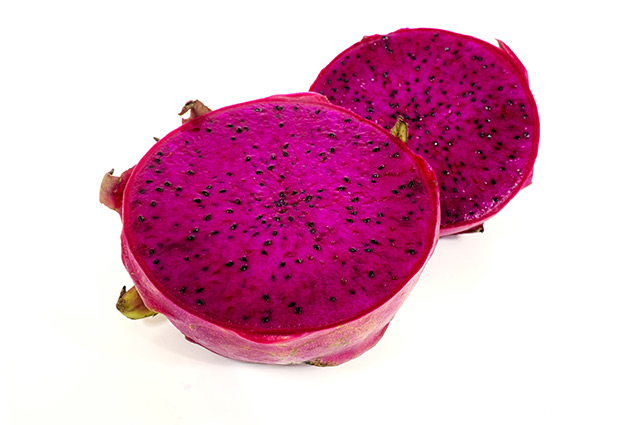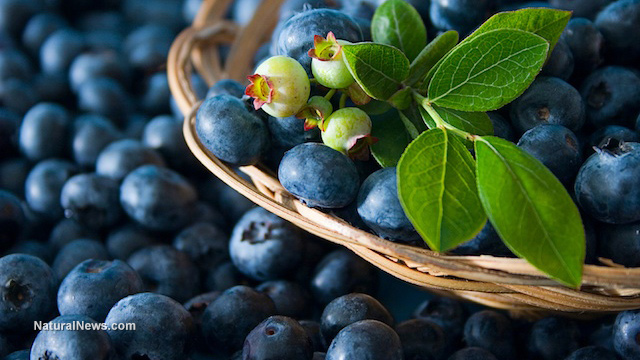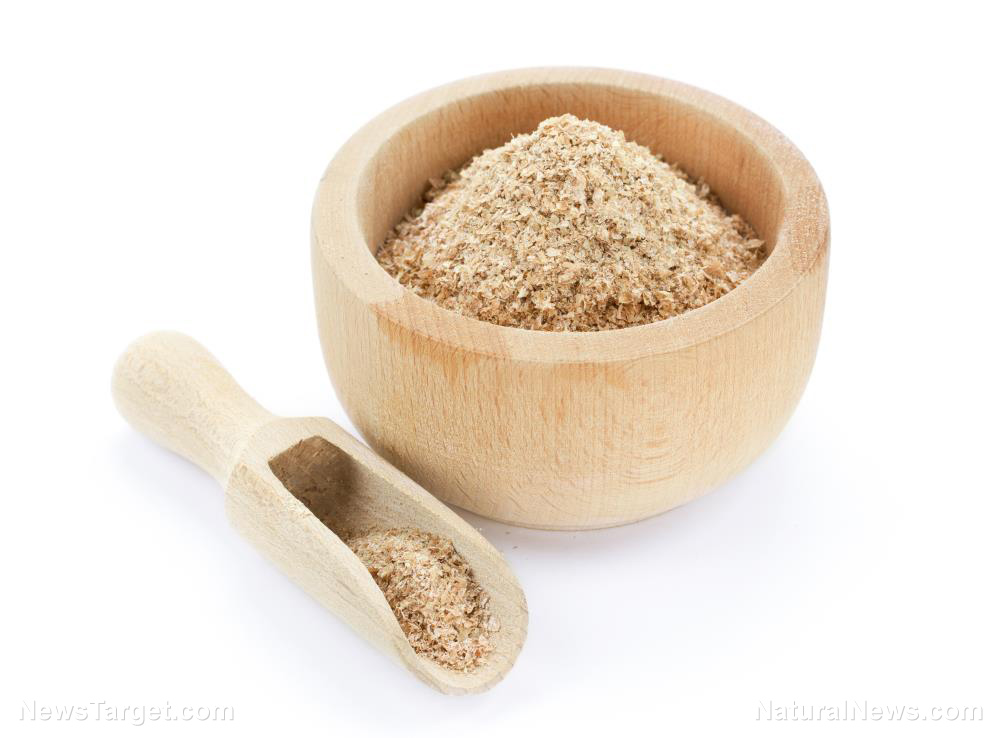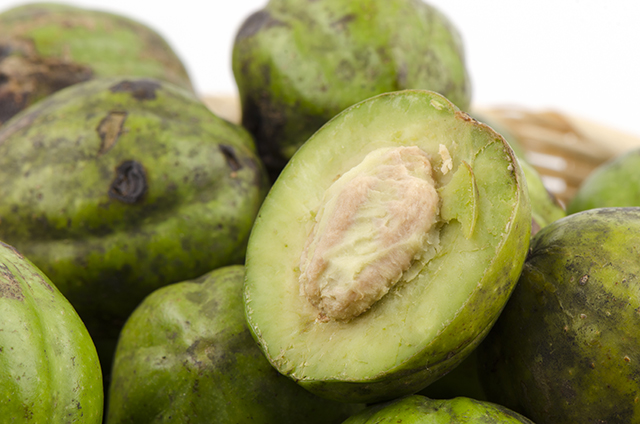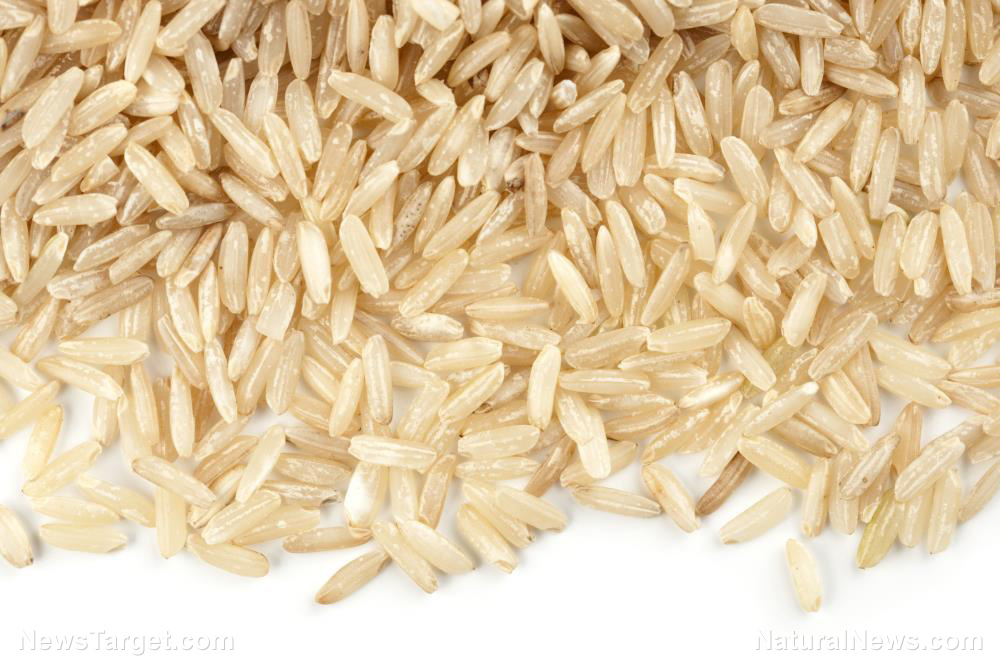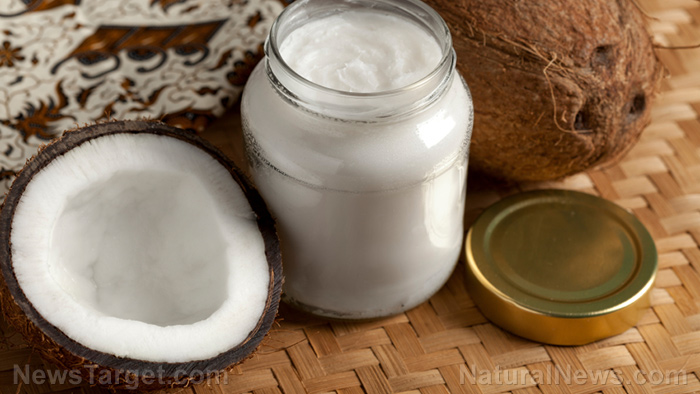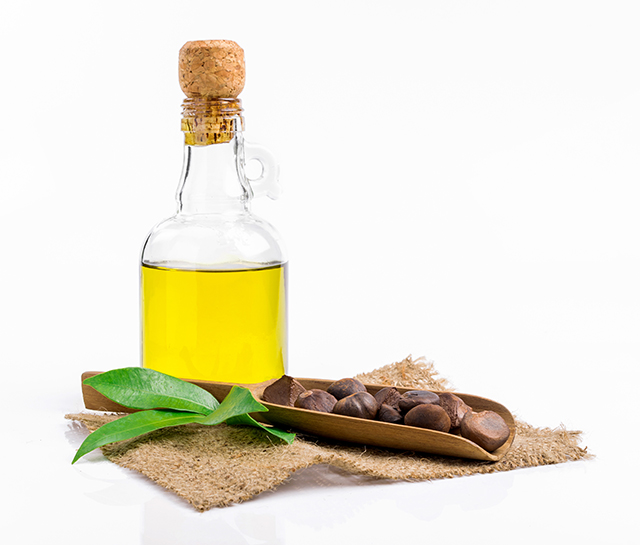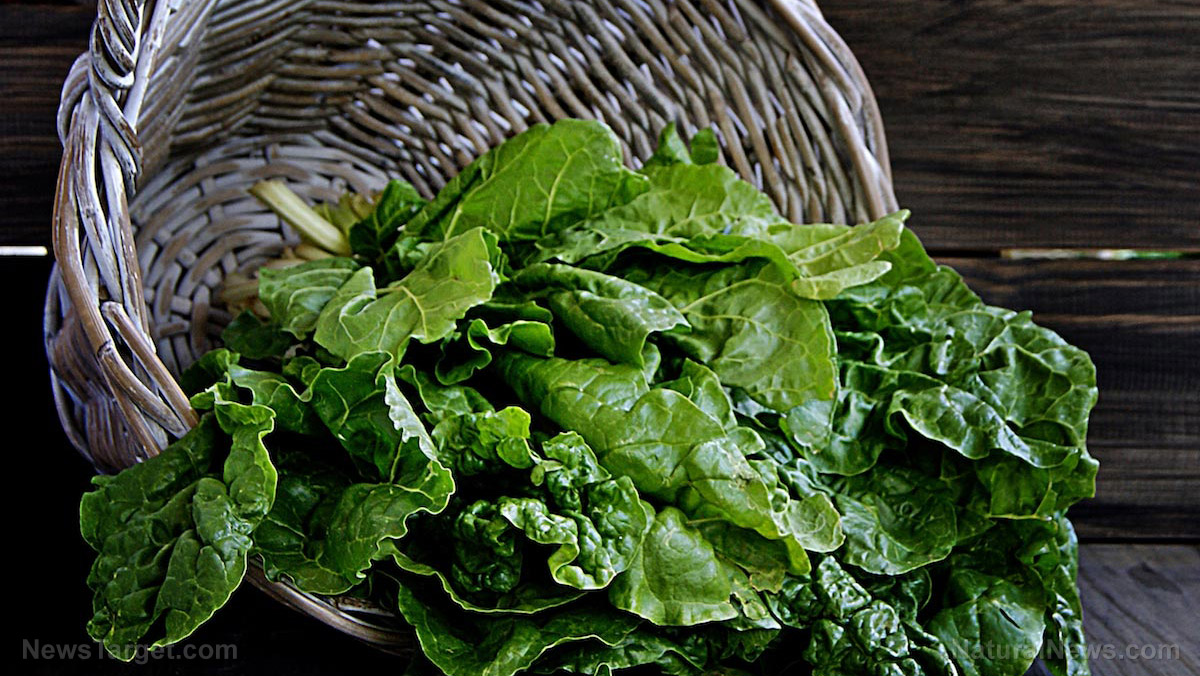Wheat – sources, health benefits, nutrients, uses and constituents at NaturalPedia.com
07/06/2017 / By Jhoanna Robinson

Wheat is one of the top three most produced crops in the world, along with corn and grain. It was used during ritual sacrifices during the ancient times, and was looked upon as the “Staff of Life”.
The wheat crops that are produced and harvested in the United States are classified into two categories: one is the winter wheat, which is planted in the fall and which matures in the summer, and the other is the spring wheat, which is planted right after the winter snow thaws and which also matures in the summer.
When it is time to harvest wheat, the crop’s stalks become heavy with the weight of the kernels, thereby causing the head of the grain to bend. Wheat has a distinct golden color that is very evident during harvest time. Upon separation from the stalk, the kernels are then ground into flour. They are composed of three basic parts: the small germ, the large endosperm, and the rough outer casing which is known as the bran.
Flour that is made of solely the endosperm is called white flour. If flour is made of germ as well of the endosperm, the product is called germ flour. Finally, flour that makes use of the whole kernel is called whole wheat.

List of known nutrients
- Calcium
- Catechins
- Copper
- Curcumin
- Ellagic Acid
- Folic Acid
- Iron
- Magnesium
- Phenolics
- Phosphorus
- Quercetin
- Vitamin B1
- Vitamin B2
- Vitamin B3
- Vitamin E
- Zinc
Medicinal uses for wheat
Wheat is known to lower the risks of type-2 diabetes.
A third of a cup of wheat bran is enough to bulk up stool. Being high in fiber content, wheat can alleviate symptoms of diverticular disease such as distension or accumulation of gas in the abdomen, abdominal pain, nausea, flatulence, constipation, among others.
By including several servings of wheat grain foods such as bran cereals, bread, and pasta in your daily diet, you can be protected from breast and colon cancers. In fact, a recent study involving 51,823 post-menopausal women who were studied for an average of 8.3 years shows that those who consumed the most amount of fiber during that timeframe had a 34 percent reduction in breast cancer risk.
Body systems supported by wheat
Wheat can protect against asthma and several heart diseases. It also helps lower cholesterol and blood pressure.
The vitamin E in wheat protect brain cells, cell membranes, and fatty molecules such as cholesterol from damage by free radicals.
Ways to use wheat
Here are some wheat recipes for your enjoyment.
Where to learn more
- The Many Important Roles of Fiber in the Body
- Treat Your Constipation Naturally with These Fiber-Rich Whole Foods
- Five reasons show why not to avoid all grains (Opinion)
- Nutritional content of wheat substantially improved by activating latent “wild” gene
- Whole wheat diet reduces breast cancer risk in offspring, study reveals
Summary
Wheat is known to lower the risks of type-2 diabetes.
A third of a cup of wheat bran is enough to bulk up stool.
Wheat can protect against asthma and several heart diseases.
Sources include:
Tagged Under:

